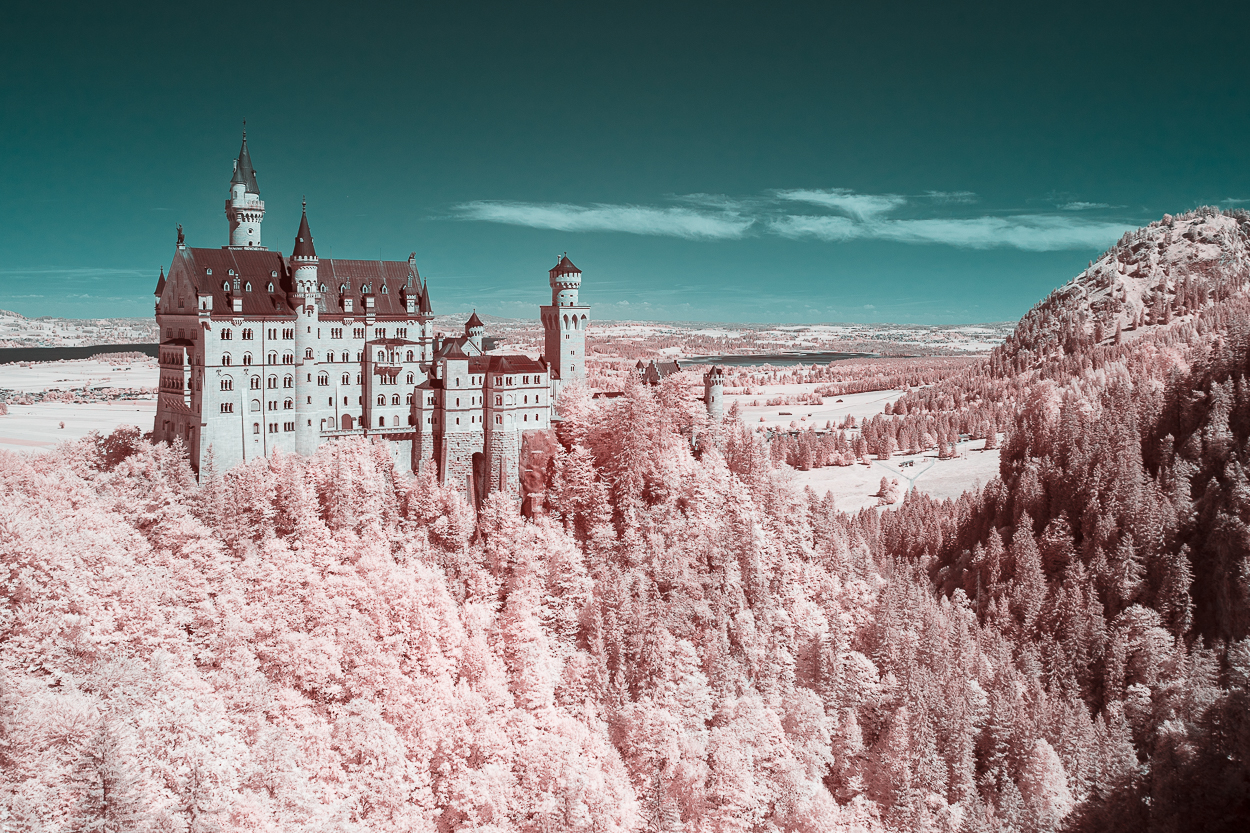Neuschwanstein Castle, nestled in the Bavarian Alps near Füssen, Germany, is a 19th-century architectural marvel that epitomizes romanticism and fairy-tale aesthetics. Commissioned by King Ludwig II of Bavaria and designed by architect Eduard Riedel, the castle’s construction began in 1869, though it remained unfinished upon Ludwig’s death in 1886.
The castle’s design draws inspiration from medieval German knights’ castles, featuring towering spires, ornate balconies, and intricately carved interiors. Its picturesque location atop a rugged hill offers panoramic views of the surrounding landscape, including nearby lakes and forests.
Neuschwanstein is renowned for its opulent interiors, particularly the Throne Hall, adorned with elaborate frescoes depicting legends and sagas. Each room showcases meticulous craftsmanship, from the grandeur of the Singers’ Hall to the intimate detail of the King’s bedroom.
Despite Ludwig II’s reclusive nature, the castle became open to the public shortly after his death, attracting millions of visitors annually. Its fairy-tale appearance inspired Disney’s Sleeping Beauty Castle, cementing Neuschwanstein’s status as an icon of romantic architecture and a symbol of Ludwig II’s enigmatic reign.
Today, Neuschwanstein Castle remains one of Germany’s most visited tourist attractions, offering visitors a glimpse into the whimsical world of Bavaria’s fairy-tale king amidst breathtaking alpine scenery.
